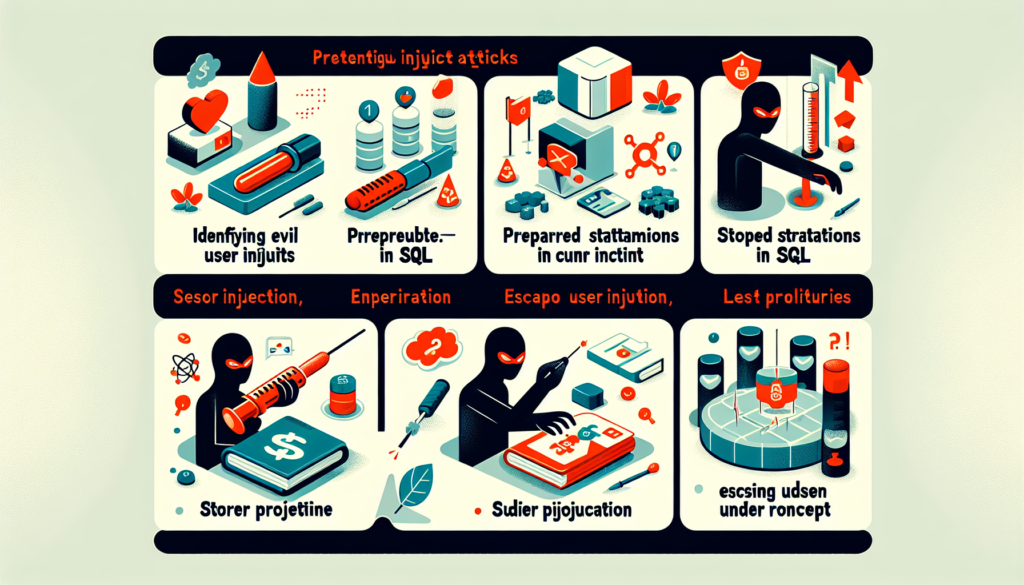Web applications are the backbone of modern commerce, communication, and information sharing. They are everywhere, from e-commerce sites to online banking platforms, and they process vast amounts of sensitive data. With this exposure comes a target on their backs. Understanding web application security is not optional; it is a necessity.
What is Web Application Security?
Web application security involves protecting web applications from malicious attacks. This protection covers all aspects of the application, including its design, coding, and maintenance. It is essential to recognize that security doesn’t happen just once; it is an ongoing process.
The Importance of Web Application Security
The risks associated with inadequate web application security are monumental. Data breaches can lead to identity theft, financial loss, and damage to a company’s reputation. Businesses can suffer not just from the immediate consequences of a breach but also from long-term effects like loss of customer trust and regulatory fines.
Real World Examples
Take Target, for example. In 2013, thieves exploited weaknesses in their web application systems to steal credit card information from millions of customers. This wasn’t just a “hack”—it was a failure to secure the application’s endpoints. The fallout was catastrophic, costing Target 40 million credit card numbers and millions more in legal fees and reputation recovery.
Common Threats to Web Applications
1. SQL Injection: This occurs when an attacker manipulates a web application’s database by injecting malicious SQL code. Proper validation and parameterized queries can help mitigate this risk.
2. Cross-Site Scripting (XSS): In XSS attacks, an attacker injects scripts into a web page viewed by other users. This can lead to session hijacking and other malicious actions. Content Security Policy (CSP) can assist in preventing XSS.
3. Cross-Site Request Forgery (CSRF): CSRF tricks the user into executing actions on a different site without their consent. Implementing anti-CSRF tokens can protect against these kinds of attacks.
4. Insecure Deserialization: This occurs when an application accepts untrusted data without validation. Attackers can exploit insecure deserialization to execute arbitrary code. Validate and sanitize any user input to mitigate this risk.
5. Broken Authentication: Poorly implemented authentication mechanisms can expose user accounts to unauthorized access. Always use secure password protocols and two-factor authentication as safeguards.
Best Practices for Web Application Security
1. Regular Updates and Patches: Keeping software components updated is fundamental. Outdated libraries are often exploited by attackers.
2. Input Validation and Sanitization: Every application should validate user input to filter out potentially harmful data. This is your first line of defense.
3. Least Privilege Principle: Ensure that users have only the permissions they absolutely need. This limits the damage that can be done if an account is compromised.
4. Use HTTPS: Secure your web applications with HTTPS to encrypt data in transit. This helps protect user information from eavesdroppers.
5. Implement Web Application Firewalls (WAFs): A WAF can filter and monitor HTTP traffic between a web application and the internet, protecting against common threats.
6. Conduct Security Audits: Regularly schedule security audits and penetration tests. Identify vulnerabilities before attackers do.
7. Educate Your Team: Security is often only as strong as its weakest link. Train your team in security best practices to create a security-first culture.
Staying Ahead of Emerging Threats
Security is not static; it evolves alongside new technologies and tactics. For instance, the rise of the Internet of Things (IoT) has introduced new vectors for attack. Expect that what is secure today might not be secure tomorrow. Keeping abreast of trends and threats is paramount.
The Role of Artificial Intelligence
AI is becoming an invaluable tool in web application security. By analyzing patterns and detecting anomalies, AI can help identify vulnerabilities faster than human analysts. However, it is crucial to remember that AI is not a silver bullet. It should complement, not replace, human expertise.
Conclusion
Web application security is a dynamic and complex field that requires diligence, education, and proactive measures. Businesses must prioritize security at each stage of their development lifecycle and foster an environment where security is everyone’s responsibility. Investing in web application security not only mitigates risk but also builds trust and loyalty among users. The question is no longer if you can afford to secure your application, but rather if you can afford not to.
Given the stakes, understanding and improving web application security should be at the forefront of every organization’s agenda. After all, the cost of inaction far outweighs the investment needed for proactive security measures.

